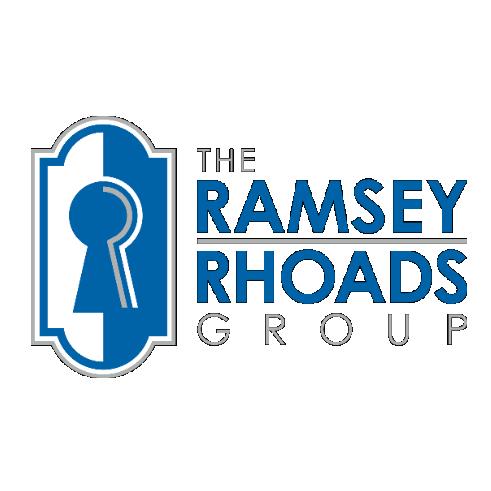Which Misconceptions Are Holding Buyers Back?
Here are three big misconceptions surrounding the home-buying process.
As you’ve probably heard by now, the national real estate market is facing an inventory shortage, and our central Pennsylvania market is no different. There’s no sugarcoating it: Buying a home can be fairly difficult in these conditions. However, we’re here to make sure buyers don’t make the process harder than it needs to be. Here are three major misconceptions that hold homebuyers back in the market:
1. You must have a down payment of 20% or more. This is easily one of the most prevalent—and problematic—misconceptions out there. It prevents would-be buyers from even exploring their options with a lender. Thankfully, there are several different loan programs available that allow for 100% financing (i.e. 0% down) or require down payments of as little as 3%. Granted, if you do have 20% down, your offer will stand out a bit more; you’ll be perceived as a stronger, more serious buyer. However, you shouldn’t let saving up for a 20% down payment stop you from making the best investment possible: homeownership.
2. You must have perfect credit to buy a house. Thankfully, this isn’t the case. There are tons of programs out there geared toward buyers with lower credit scores, and you can take advantage of them so long as you have reserves and cash available. Life happens; COVID-19 is just one pertinent example of how things beyond our control can wreck our finances or get us off track.
640 is the credit score benchmark at which lenders will feel comfortable opening up financing for you.
In response, the financing world has to get creative. Some lenders will work with credit scores as low as 580 if there are extenuating circumstances. For the most part, though, 640 is the benchmark at which lenders will feel comfortable opening up financing for you. Once you hit 740, pretty much all loan products are on the table.
3. You must buy at the maximum price of your pre-approval. Just because the bank has allowed you to borrow up to, say, $400,000, doesn’t mean that you’re obligated to purchase a home for $400,000. Purchase price is, in many ways, a one-time deal. What truly matters is your monthly mortgage payment. Focus on the amount you’re comfortable with paying each month and buy based on that range—not your total financing limit. Remember: Your monthly payment also includes interest, taxes, fees, and sometimes private mortgage insurance.
Believe it or not, we’ve occasionally talked clients out of buying a house simply because the price and total financial obligation didn’t justify the particular property they were considering. On the opposite end of the spectrum, we’ve had clients ask us about whether they should buy a fixer-upper or foreclosure property. Condition matters most in those cases, but whatever the situation may be, you should be making your final decision based on more than just your pre-approval limit. (A quick note on fixer-uppers: If you’re financing your purchase via FHA loan, know that there are certain criteria for the condition of the property that must be met for the loan to be fully approved).
So there you have it, three major misconceptions about the home-buying process that we encounter all the time. As always, if you have questions or comments about this or any other real estate topic, don’t hesitate to reach out to us via phone or email. We’d be more than happy to walk you through the process of buying a home in today’s wild market. With the right knowledge, making a decision you can be proud of is more than possible.
Recent Posts






